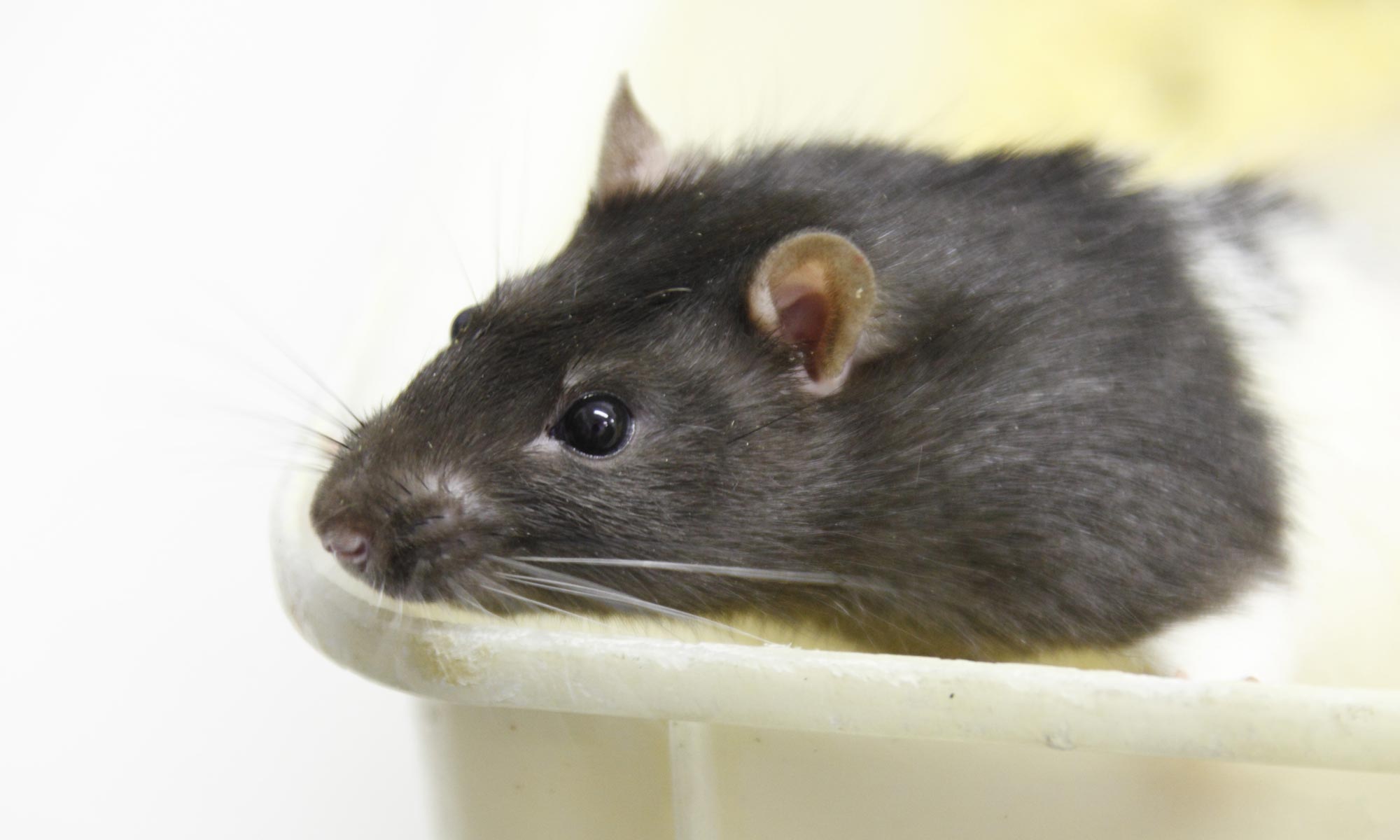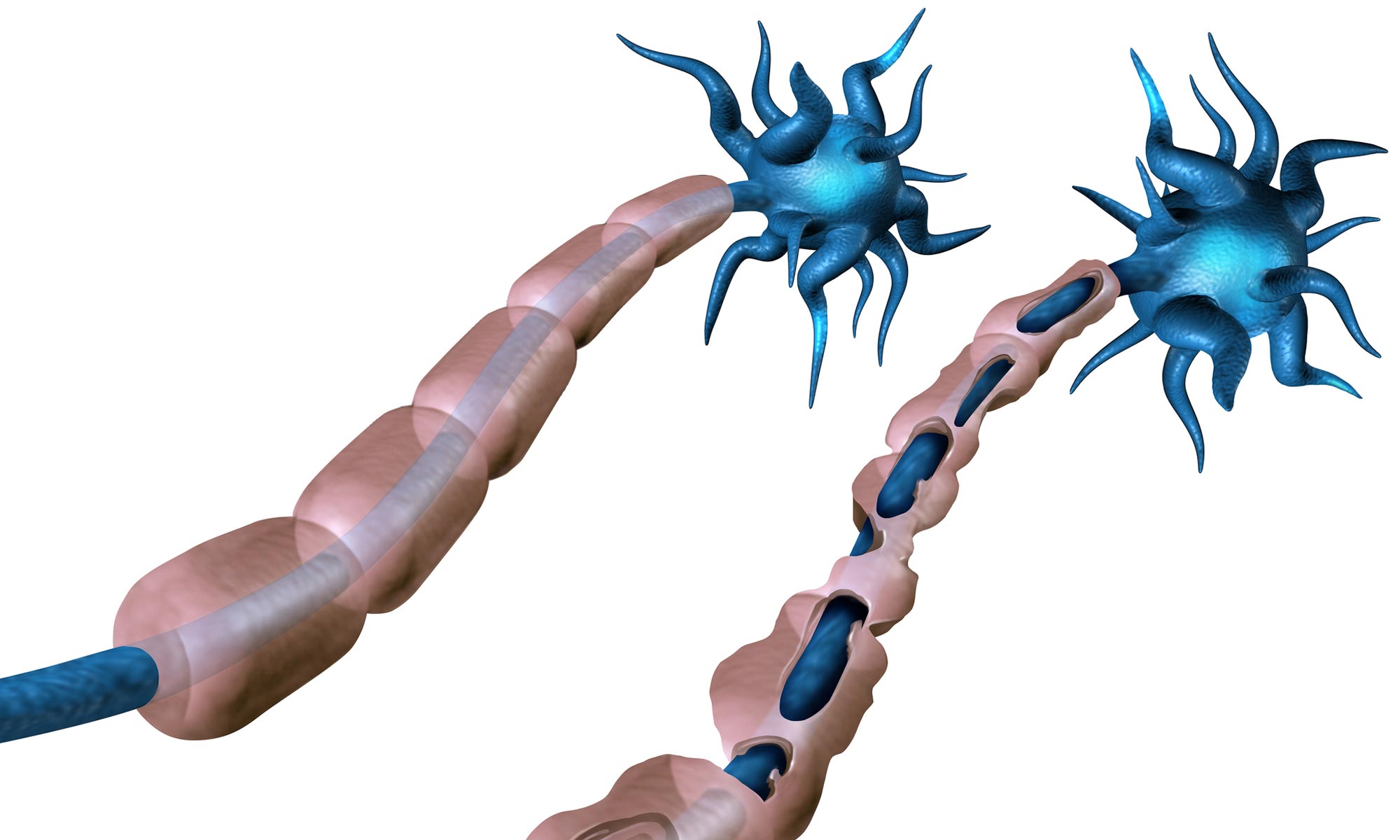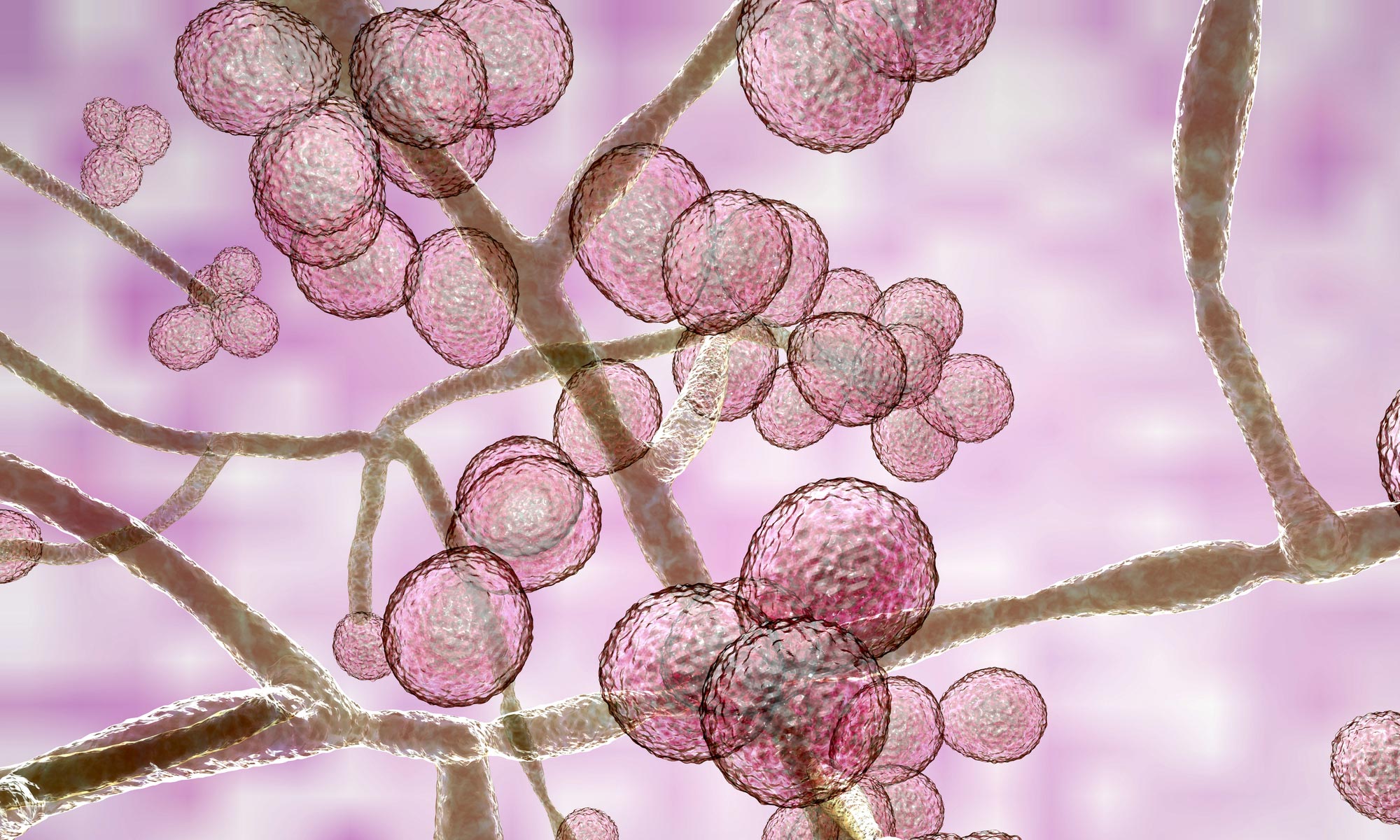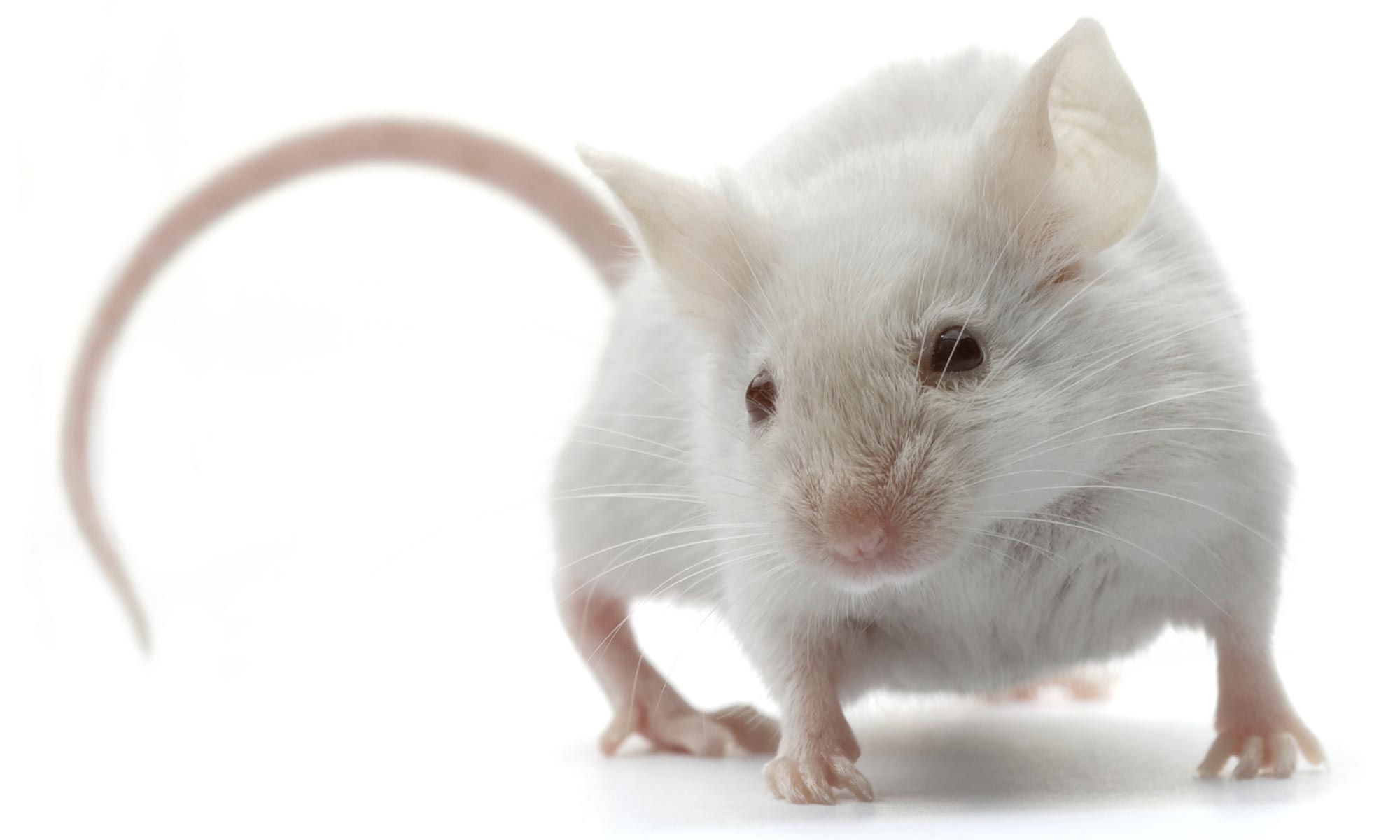Causes of SEVERE SUFFERING
1. Severe PROCEDURES
Severe suffering can occur for three main reasons:
1. Some procedures or ‘models’ are inherently more likely to cause severe suffering
2. A combination of less severe factors can lead to an increase in overall suffering; often termed ‘cumulative severity’
3. Where animals die, this may involve severe suffering – this includes both unexpected mortality, and ‘death as an endpoint’

SEVERE PROCEDURES
Some procedures are more likely to involve animals experiencing ‘severe’ physical pain, psychological distress, or feelings such as ‘sickness’ or nausea. This includes control groups in some vaccine studies, or ‘models’ of diseases that cause high levels of suffering in clinical cases. Examples of potentially severe procedures are listed on Section III of Annex VIII in Directive 2010/63/EU. More examples are listed below, based on the scientific literature and discussions with scientists, animal technologists and veterinarians working in academia and industry.
Note: these are guidance only; actual severity will depend upon experimental protocols and the efforts made to refine these.
EXAMPLES OF POTENTIALLY ‘SEVERE’ PROCEDURES
Batch potency testing of vaccines (where control animals experience ‘severe’ disease symptoms) and other biologics e.g. botulinum toxin, for regulatory purposes
Studies involving infectious disease models, including the development of vaccines or other treatments, where animals may experience ‘severe’ disease symptoms
Various tests involved in regulatory toxicology, including ecotoxicology, especially where animals may become moribund or die
Monoclonal antibody production using the mouse ascites method – NB this method has not been used in the UK since 2012 but is still used elsewhere in the world
Some cancer models – involving large tumours, resection, bone metastasis, brain tumours, pancreatic tumours
Some heart disease models – myocardial infarction induction; monocrotaline (MCT)-induced pulmonary arterial hypertension; transverse aortic constriction/banding
Multi-organ failure models
Demyelination of the central nervous system (CNS)
Models of motor neurone disease (MND)
Spinal cord injury models
Neuroscience studies using non-human primates, involving the cumulative effects of numerous surgeries, regular and long periods of restraint, and/or fluid or food control
Tamoxifen as an inducer of gene function
Irradiation with reconstitution of bone marrow
Cerebral malaria in rodents
Pancreatitis models
Case Studies
AVOIDING AND REDUCING SEVERE SUFFERING
Avoiding and reducing severe suffering helps to fulfil legal requirements, reduce ethical concerns and improve scientific quality – this website will help you to achieve this.
Practical ways to reduce or avoid severe suffering include:



